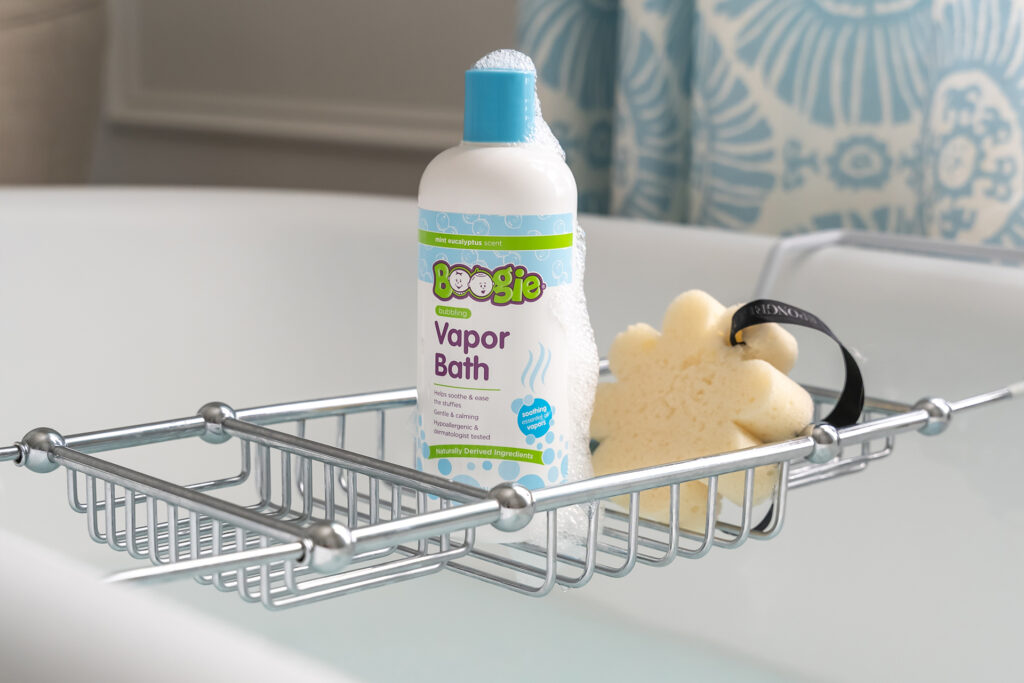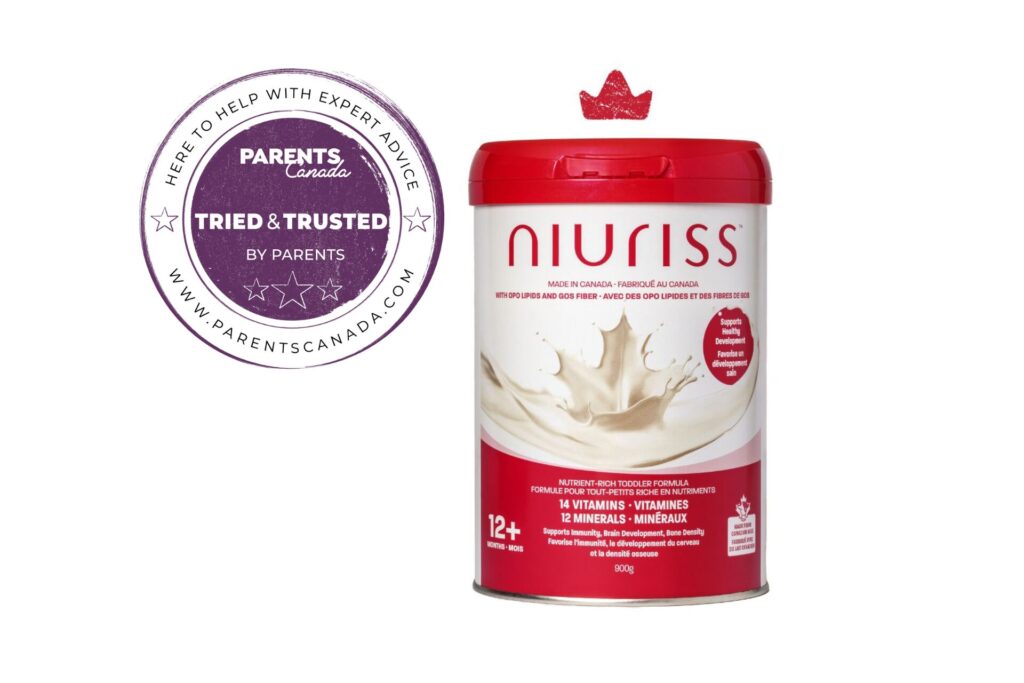To coincide with Children’s Dental Health Month, we asked registered dental hygienist Anaid Deti to share her best oral hygiene tips for kids from babies to teens.
Oral hygiene is a priority the moment your baby is born (yes, even before they have teeth!) and it’s important to create a good foundation for teeth to grow strong and healthy in the years ahead. But what baby teeth need is not the same as what mature adult teeth will need, so knowing how to tailor your child's dental health routine (and your own!) will help to maintain glowing smiles for ages to come.
Babies and toddlers
One of the biggest misconceptions is that baby and toddler teeth are not as important because they “just fall out anyway.” This sentiment couldn't be further from the truth.
Starting your child off with good dental habits—even before teeth make an appearance—can help keep their smile healthy, strong and protected. Baby teeth preserve the spacing for the permanent ones, and not caring for them properly can lead to tooth decay and/or gingivitis. This can affect the spacing of the permanent teeth.
A cavity develops when a tooth is frequently exposed to acid—for example, if you ingest foods or drinks containing sugar and starches—the repeated cycle of acid attacks can cause the enamel to continuously lose minerals. A white spot may appear where minerals have been lost. This is a sign of early decay. Although enamel can be repaired from the minerals in your saliva and the fluoride in your toothpaste, it can also weaken and break down over time, creating a cavity.
Here are a few ways to avoid cavities and tooth decay:
- Don’t put your baby to bed with a bottle of milk, formula or juice—the sugar will stick to teeth.
- Don’t leave a bottle in a child's mouth for a long period of time, especially if they are not feeding from it.
- For kids who are old enough, give them a drink of water after every meal/bottle.
You can begin an oral hygiene routine early, beginning to clean your baby’s mouth a few weeks after birth. Using a clean, damp washcloth, just wipe the gums—do not use toothpaste until your child has teeth. Once teeth have begun to appear, use a very soft bristled child-sized toothbrush with a very small amount of toothpaste twice a day; if teeth are touching, make sure to also gently floss on a daily basis.
After the age of three, you can increase the amount of toothpaste used to the size of a pea while reminding your child to try not to swallow. They still need to be supervised in their oral hygiene routines but by the age of 4 to 5, they should be getting a good grasp of brushing correctly—in a circular motion for twice minutes, twice a day. (Tip: Pick a song that’s approximately two minutes long and play it as part of the tooth-brushing routine, so kids know when to stop.)
School-agers
Now the fun part: When kids lose their baby teeth and leap into the “big kid world” (and tooth fairy makes her glittery debut!).
Around the age of six, a child’s baby teeth loosen as their roots begin to dissolve, making way for the adult teeth to settle in permanently. As exciting as this milestone is, you have to make sure the tooth isn’t yanked out if it’s not ready, as this could lead to infection; however, you can help its progress by wiggling it. Sometimes it can take months before a loose tooth falls out, while other times it seems a little loose one day and pops out the next.
Just when you thought your child’s teething stage was over, here it comes again—although thankfully less painful and dramatic. Be prepared for some complaints of pain in the back of the mouth and even up the jaw line as the six-year molars poke through. Have some fruit popsicles on hand to help ease the discomfort. Children’s ibuprofen is also effective.
Pre-teens and teenagers
As your child gets into the tween and teen years, they begin to take greater pride in their appearance but they can miscalculate the work it takes to maintain a healthy smile. Add in their new-found independence and they’re just too busy to be giving extra attention to their oral hygiene. But did you know that dental decay is the most common chronic disease in young people between the ages of five and 17? And although thorough brushing and flossing helps to remove food particles and plaque from the smooth surfaces of teeth, toothbrush bristles cannot reach all the way into the grooves to remove food and plaque.
Dental sealants are an option, to act as a barrier and help to prevent cavities. They are a plastic material usually applied to the chewing surfaces of the back teeth (premolars and molars) where decay occurs most often. They protect these vulnerable areas by ‘sealing out’ plaque and food. They are very easily applied: Your dental professional just paints the material onto the tooth enamel where it bonds and hardens. They can last for up to several years.
Anaida Deti is a registered dental hygienist, a member of the Canadian, Ontario and Toronto Dental Hygienists Associations and was elected as the ODHA Ambassador for Toronto North. She founded Mission Kind (Kids In Need of Dental Care), to help children aged 6 to 16 obtain much-needed dental work at no charge.










